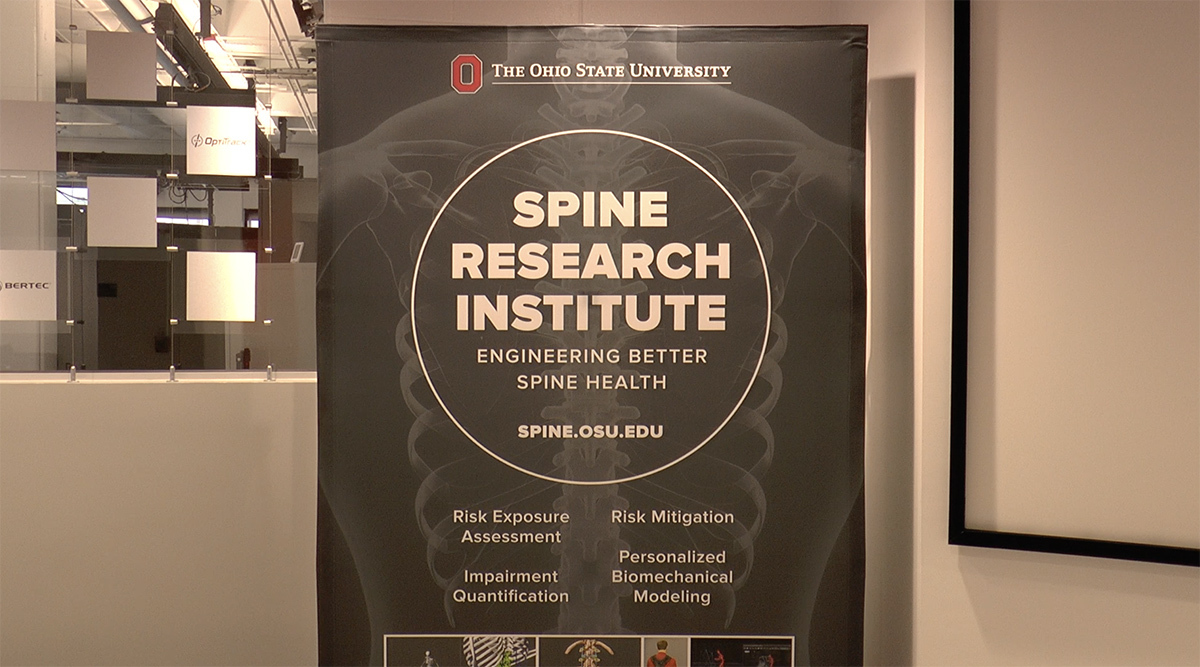SUMMARY & ANALYSIS OF THE OSU SRI STUDY: IMPROVEMENT OF PUSH/PULL FORCE ESTIMATES WHILE TURNING

One of our primary focuses here at Caster Connection is to make sure that our clients are protected from push/pull injury. Any improvements we can make in our testing is a critical component to help keep our clients safe.

We collaborated with the NSF Center for Disruptive Musculoskeletal Innovations (CDMI) to fund The Ohio State University Spine Research Institute to perform a study to accomplish our goal of keeping our clients safe.
As a continuation of the first study with the OSU SRI on push/pull forces with a single-axis force gauge, we were interested in turning forces and understanding push/pull force measurements while turning.
New findings provide a guide for force measurement during turning to assess the level of risk with turning exertions.
BASIC COMPONENTS OF THE STUDY

In 2021, the SRI used 9 volunteers in this study. During the testing, volunteers used two different force measurement technologies, a three-dimensional hand transducer (the gold standard of push/pull measurement) and a single-axis-force gauge (the most common measurement tool used by practitioners in industry to measure push/pull forces).
First, the subjects set a “natural” baseline by pushing and pulling directly onto the instrumented cart handles (i.e., the hand transducers) to turn the cart from a standstill. After this, the examiners tested three strategies for force measurement using a single-axis gauge: pushing, pulling, and timed pushing (using a metronome over a 5-second interval). Forces recorded with the single-axis gauge were compared to the hand transducer readings.
After the initial testing, the examiners were able to adjust the ratings mathematically to get them to match the “natural” readings, and in addition to this, they used attachments on the single-axis force gauge to help get them closer to the “natural” push/pull force readings. These tactics allowed them to more accurately match the “natural” push/pull force using a single-axis force gauge that the subjects achieved using a hand transducer. They were then able to measure the push/pull force more accurately to what an associate using a single-axis force gauge might experience in the field.
3 MAIN TAKEAWAYS FROM THIS STUDY FOR COMPANIES MEASURING PUSH/PULL FORCE

There are three main takeaways from this study.
First, when we use a single-axis push/pull gauge in our facilities, we are normally underestimating the force that an associate exerts when they turn a cart. The measurement of push/pull forces during turning is not trivial and should be carefully performed.
Second, we need to make sure that we are keeping consistent time sequences when we measure push/pull on the turn. This will make sure that the results are consistent from measurement to measurement. The SRI study showed that 5 seconds, measured with a metronome, may represent a time sequence that reflects the “natural” push/pull speed of an associate in the field.
Finally, it’s critical that we use an adapter with the single-axis push/pull gauge. An adapter that allows for a more secure grip on the cart handle should be used to measure the push/pull force. Various force gauge brands exist and provide adapters for this activity.
Using these three pieces of information will allow you to maintain a safer working environment, to understand turning push/pull risk, and to measure push/pull improvements more accurately.